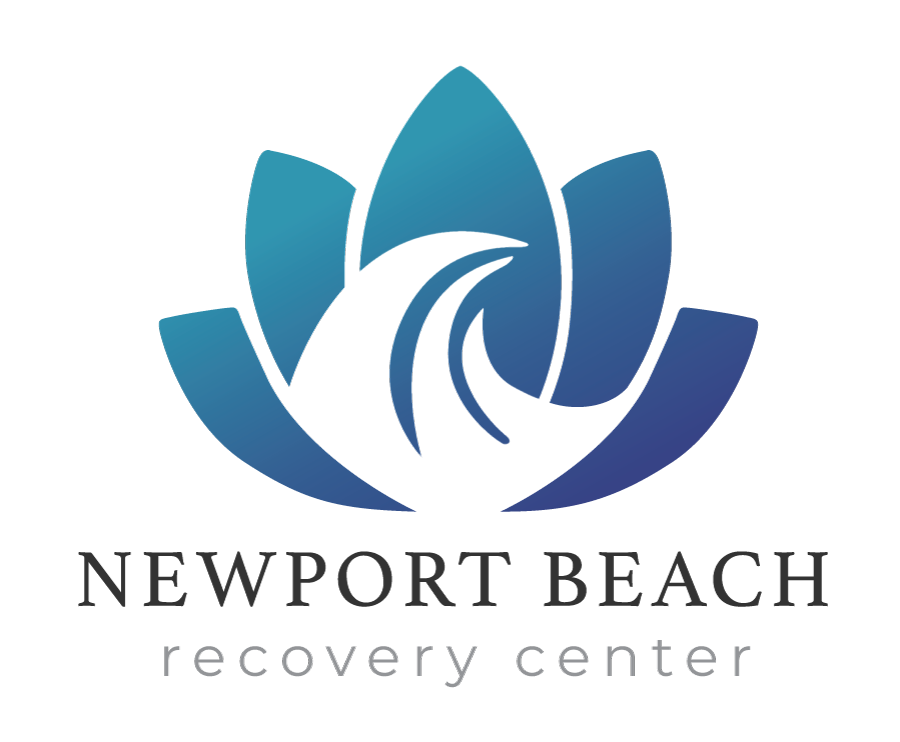The troubling high rate of boys and girls who experience sexual trauma and abuse leads to a lifetime of challenges that include substance abuse. The signs are all there, and the findings from the  U.S. Department of Health and Human Services support the troubling realities. These traumatized kids turn into adults who struggle to come to terms with the emotional and psychological shrapnel of abuse. Survey results indicated that of those adolescents receiving treatment for substance abuse, some 70% had associated trauma.
In turn, the reports offer insight into some of the most prevalent tendencies and mental-health struggles associated with sexual trauma and abuse. Here’s a quick overview:
Depression
Sexual abuse often leads to feelings of isolation, loneliness, and self-deprecation, which also leads to clinical depression and often to substance abuse. It’s a vicious spiral, which also leads to severe difficulty in functioning on a daily basis in school, at work, or in your interpersonal relationships. It can just be something as simple as weight fluctuations, but there’s also the associated feeling of apathy. A depressed person may just not care what happens anymore, a self-loathing and self-destructive trend that can lead to falling even deeper into the abuse of alcohol and drugs. If the person doesn’t care anymore and simultaneously wants to forget the sexual trauma, substance abuse can be a dangerous avenue toward self-harm.
Post-Traumatic Stress Disorder
Any traumatic event can cause severe and long-lasting symptoms of Post-Traumatic Stress Disorder (PTSD). You may be most familiar with associating PTSD with war and battle, but the effects can be felt when you’ve had a car accident, a surgery, or a vicious attack. The memory becomes linked with the physical and emotional repercussions, as nightmares and panic or anxiety attacks can lead to severe physical reactions: loss of breath, distress and increased heart rate related to sudden sounds, lights, smells, or anything related to the traumatic event.
Dissociation
Also, linked with traumatic encounters and abuse is the dissociation, which is also linked to PTSD. That’s the feeling of being separate or absent from one’s own body. It’s often associated with a feeling of being disconnected, an outsider. In trauma cases, dissociation is a coping mechanism to allow the person to survive and function. Long term, though, it can lead to more troubling effects like trouble focusing or concentrating. In more severe cases, dissociation can lead to a loss of the ability to function for periods of time. Depending on the severity of the dissociation symptoms, those affected by the disorder can also turn to alcohol or substance abuse to help or reinforce the numbing feeling that helps them cope with everyday life, and avoid memories of the past trauma.
How to recover
Even by itself, sexual trauma and abuse present difficult challenges coping with life and all of its challenges. Combined with the major depression, PTSD, and dissociation (as well as the potential for schizophrenia, bipolar disorder, and other psychological illnesses and disorders), the obstacles may seem insurmountable.
Just as the studies track the troubling trends of trauma and substance abuse, though, they also offer hopeful moments. Recovery is possible, but awareness of the relationship between sexual trauma and substance abuse is key. If we don’t understand or grasp what is happening, we are not able to take the steps to prevent it from happening to other young trauma survivors, and we also will not be prepared to implement the appropriate treatment that’s so desperately needed (and lacking in many cases).
The process of recovery doesn’t happen overnight, and it’s not an easy journey, but with the right help and continued support system in place, you can be on the road of recovery. Contact us today to make the first step. Newport Beach Recovery has trained professionals to help you get through this.
